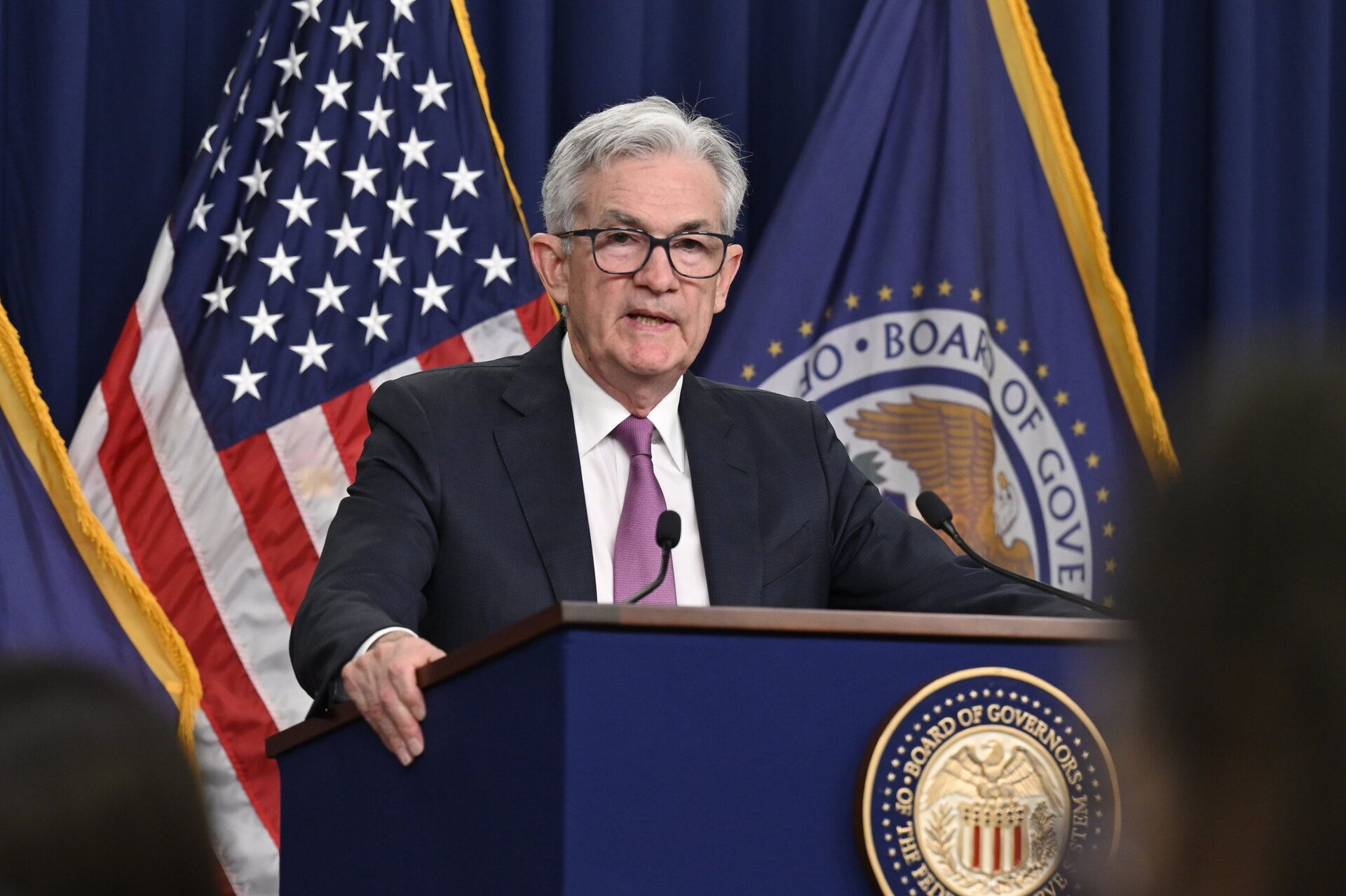Federal Reserve officials keep insisting that monetary policy “is not on a preset course.” But traders on Kalshi appear increasingly convinced that the course for December is, in fact, set for “no cut.”
A combination of sticky inflation, a divided FOMC, and delayed labor-market data has pushed sentiment sharply toward a December hold, even as political frustration builds and investors search for clarity heading into 2026.
Markets lean toward a hold as data disappoint
The shift is visible across several corners of the market. The latest reporting from CNBC shows odds for a December cut hovering near 35% following the long-delayed September jobs report. That number climbed only slightly from the prior session and remains well below where traders were pricing the Fed just weeks ago. Meanwhile, Fortune’s breakdown of the latest FOMC minutes revealed an unusually fractured committee wrestling with the same dilemma markets are now pricing in: inflation has cooled, but not enough.
That last point sits at the core of the repricing. While labor data showed a mix of softening conditions, 119,000 jobs added in September coupled with a rise in unemployment to 4.4%, inflation remains perched near 3%. Many Kalshi traders seem to believe that number is simply too high for some FOMC members to justify a December cut.
Shutdown fallout
The September jobs report, held up for nearly two months by the government shutdown, delivered an uneven snapshot. Payroll gains overshot expectations, but the uptick in unemployment to its highest level since 2021 caught the Fed’s attention. Former Fed Vice Chair Roger Ferguson told CNBC the numbers suggest an economy “still hanging in there,” a phrase that captures the frustrating lack of definitive direction.
Kalshi’s market on the December Fed decision now reflects that caution. As of Thursday morning, the platform shows 65% odds of a hold and 35% odds of a 25-basis-point cut.
Those probabilities haven’t moved much despite new data because the Fed’s central challenge hasn’t budged: inflation still hasn’t convincingly broken below 3%, and many policymakers aren’t willing to gamble on early relief.
FOMC inflation fears
Fortune’s reporting on the October FOMC minutes underscores how fraught the next meeting may be. The committee was described as having “strongly differing views” on the appropriate December action. A handful of participants argued for a cut, pointing to slowing job creation and rising downside risks. But “many participants,” Fed-speak for a meaningful center of gravity, pushed for a hold, warning that inflation “had shown little sign of returning sustainably to the 2% objective.”
It’s rare for the Fed to telegraph this level of internal disagreement so clearly. The minutes read like a committee struggling to balance its dual mandate at a moment when the data is sending conflicting signals. Reduced labor supply tied to immigration restrictions and long-term structural forces like AI-driven productivity shifts complicate the picture further.
A month ago, futures markets showed nearly 99% conviction that the Fed would cut in December. That confidence has evaporated. Today, the probability sits a full sixty points lower, and Kalshi’s trader community is leaning even harder toward restraint.
Inflation markets highlight the sticking point
If inflation fears are driving the Fed’s hesitation, Kalshi’s CPI markets show traders believe the committee is right to worry. Across the November CPI YoY strikes, the market is almost unanimous that inflation will remain above the Fed’s comfort zone. Contracts for readings above 2.4%, 2.5%, 2.6%, 2.7%, and 2.8% trade between 94% and 97%.
But the figure that matters most for December is the 3.0% strike, which sits at 51%—a perfect split.
That 3% line is the fulcrum for the Fed’s dilemma. If CPI holds above it, cutting becomes incredibly difficult to defend. If it dips below, especially convincingly, December becomes a live debate again. For now, the market is saying: don’t count on it.
Fewer cuts, slower easing
With December slipping away, attention has shifted to next year. And here too, Kalshi markets show a cooling enthusiasm for aggressive easing. In the 2025 rate-cut count market:
The pricing suggests traders expect a patient Fed, one that waits for clearer evidence of labor-market deterioration and steadier inflation progress before moving again. It also reflects something else: Powell’s penchant for risk management. His term ends in May, and he is unlikely to endorse a cut that could look premature in hindsight.
Takeaway
Kalshi traders expect the Fed to hold in December.
CPI markets show inflation still hovering near 3%
Rate-cut expectations for 2025 continue to drift lower, with “exactly 2 cuts” now the clear favorite.
This article may contain content generated with the assistance of artificial intelligence. It is provided for informational purposes only and does not constitute investment, trading, financial, or legal advice. Any opinions or market commentary are not recommendations. Trading involves risk and you should carefully evaluate your financial situation and consult a qualified advisor before making any trading decisions.
